Idea by
Frederico Vicente and Emma Hornsby
supported by ESTAÇÃO SUL E SUESTE
https://www.instagram.com/sulesueste/
Call for ideas 2021
URBAN GEOGRAPHIES
URBAN GEOGRAPHIES

- Site-specific cases
The railroad was a catalyst for the arrival of industry in Barreiro (1861), it caused significant changes in the socio-economic structure of the city, and what was a modest fishing village became a modern working-class city. The installation of Companhia União Fabril (1907) followed the expansion and traced the new urban planning. The motto “What the country does not have, CUF creates”, the new character of the Barreiro riverside landscape was defined, making it the largest manufacturing center in the country. The low and compact buildings were quickly filled by a cropped horizon: tall chimneys, angular roofs and fuctional facades. Nowadays, the remains of the industrialization are skeletons of old facilities, which the contemporary metropolis orbits and tries slowly to absorb. The relationship between the built and the non-built is unbalanced, comparing, unoccupied land has a similar role in the perception of the city. They are expectant territories for future consolidation

The dialogue with Emma Hornsby happened with “How to find the center of a circle”.
Emma Hornsby drew the line between the inside and the outside, the full and the empty, the movement and the static - INSTITUTO, Porto.
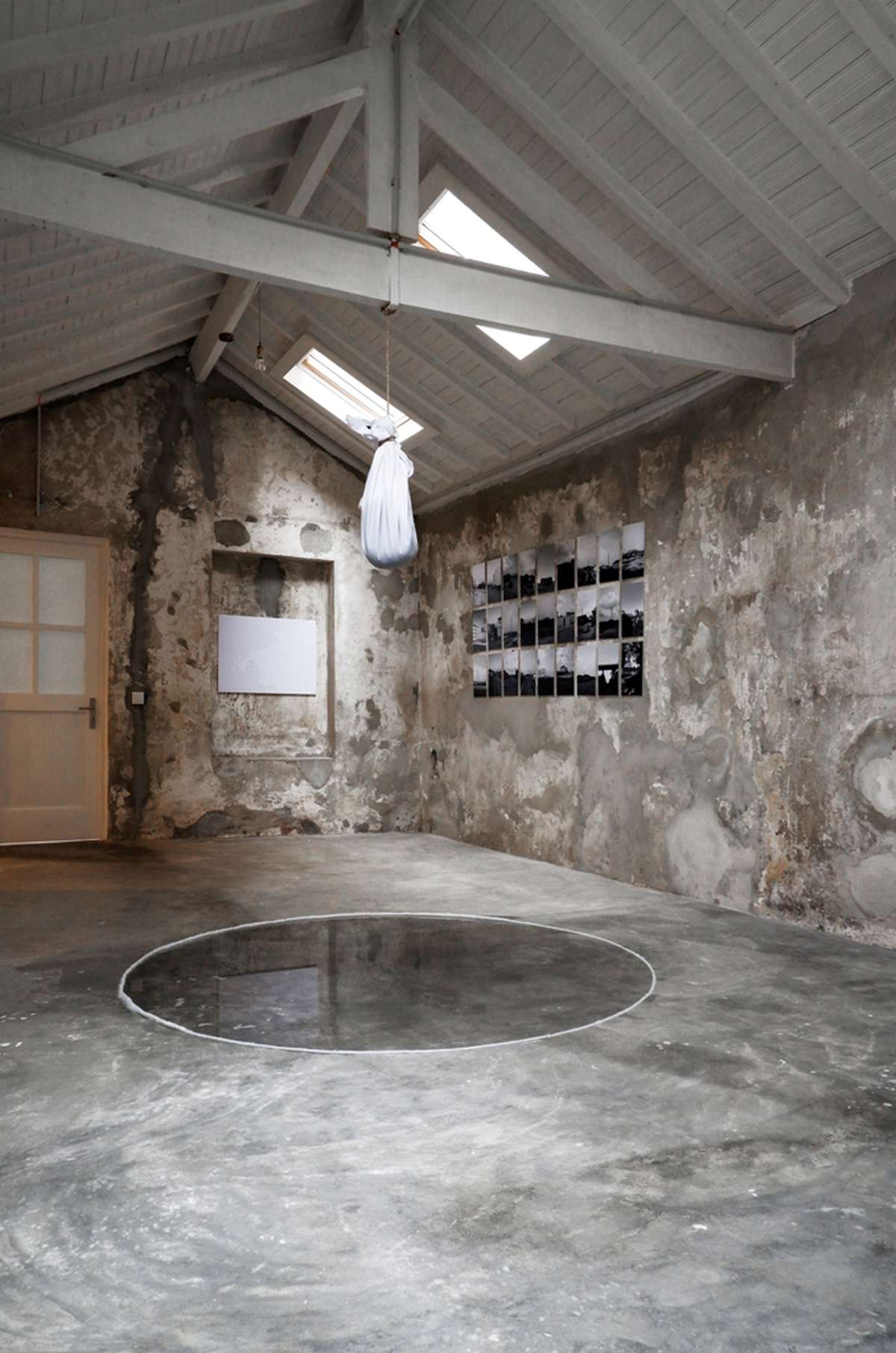
The site specific instalation: a dripping water bag and some sounds recorded at the industrial park - INSTITUTO, Porto.
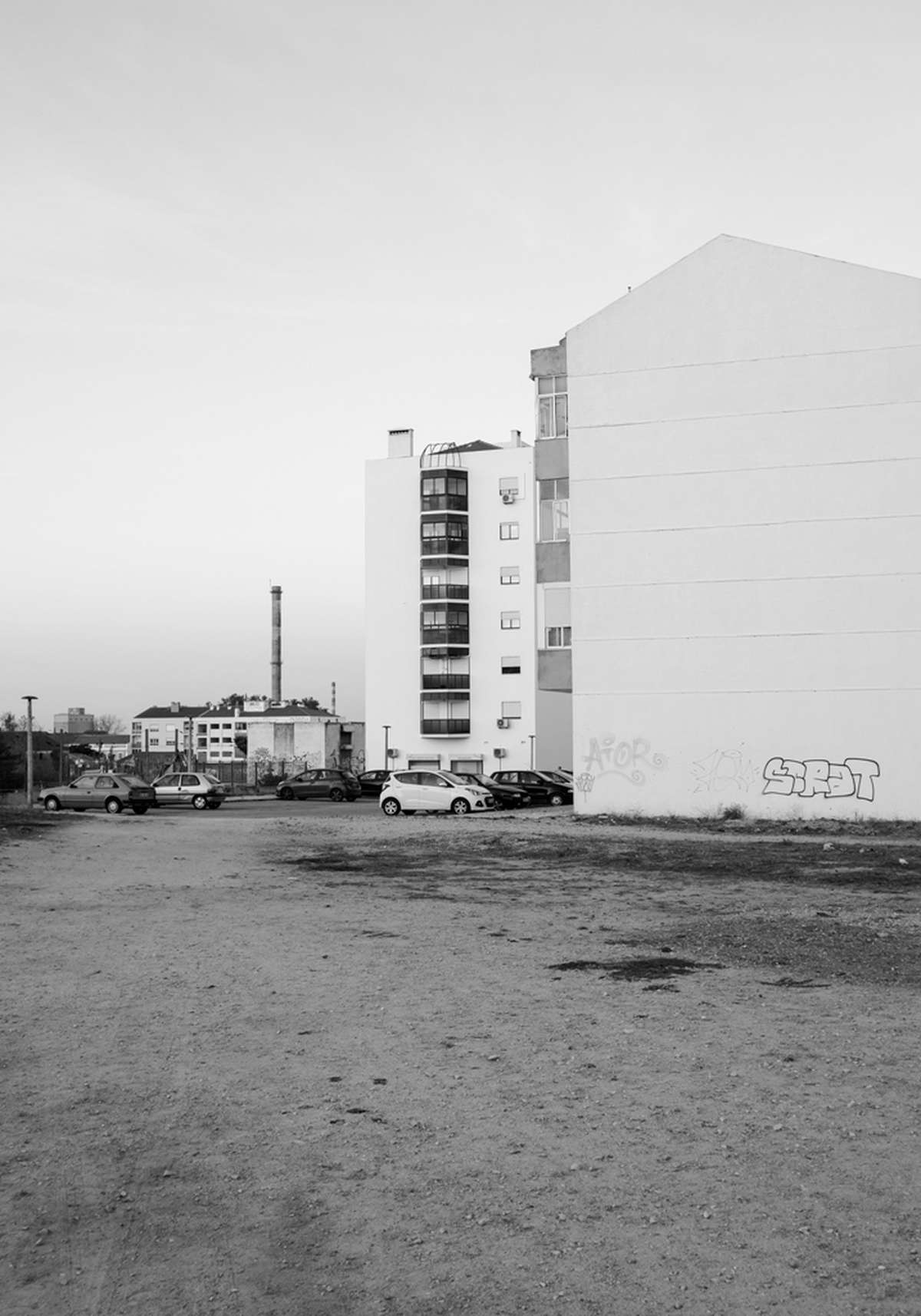
The narrative of 27 photos, taken arround the city of Barreiro (with the exact GPS coordinates of the places note on a city map)
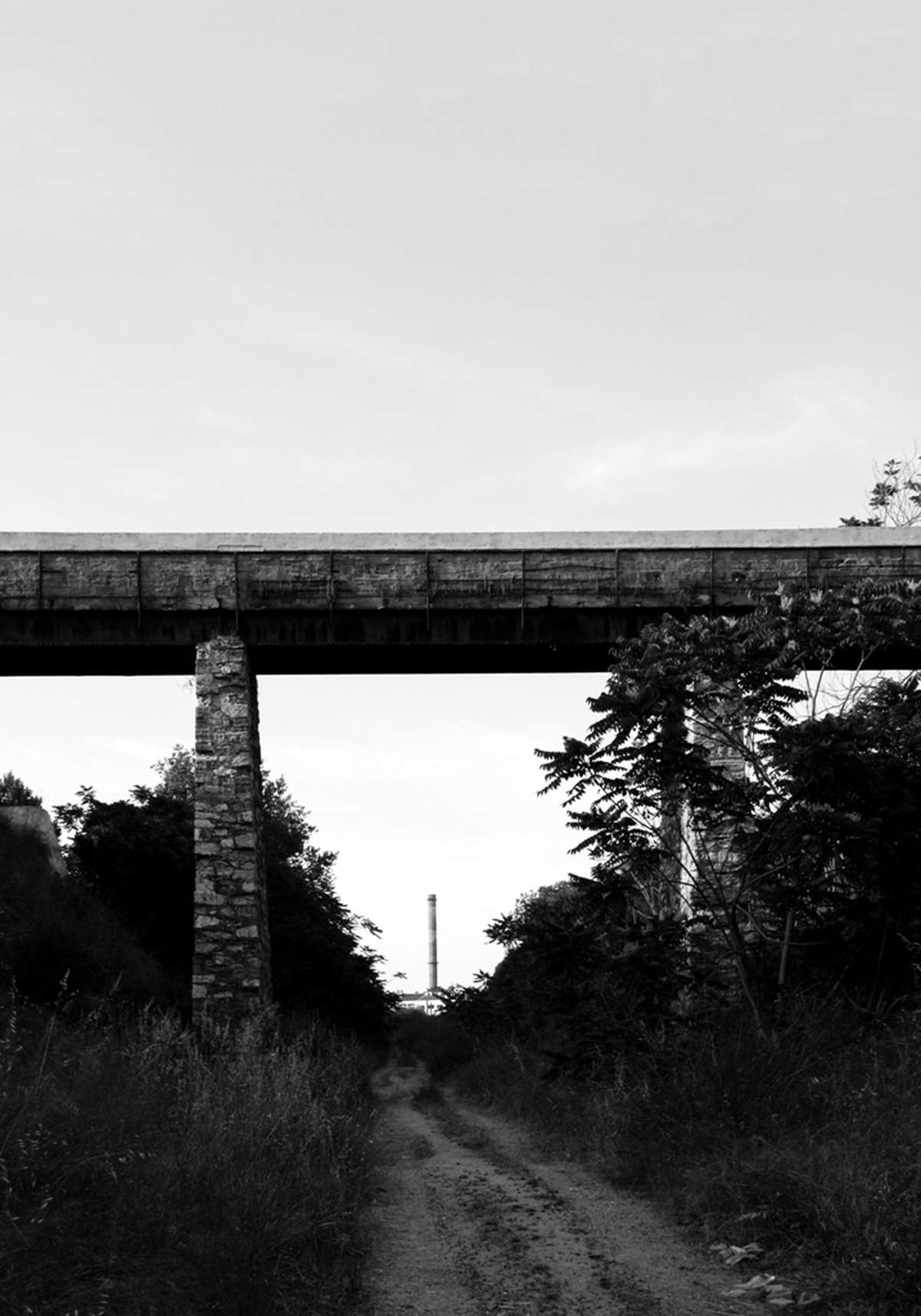
This photographic narrative suggests revisiting the city through a concentric route through the streets, geographically marking the points where the structure can be seen – the intended is mapping the relationship between the existing, the newly built and the chimney.
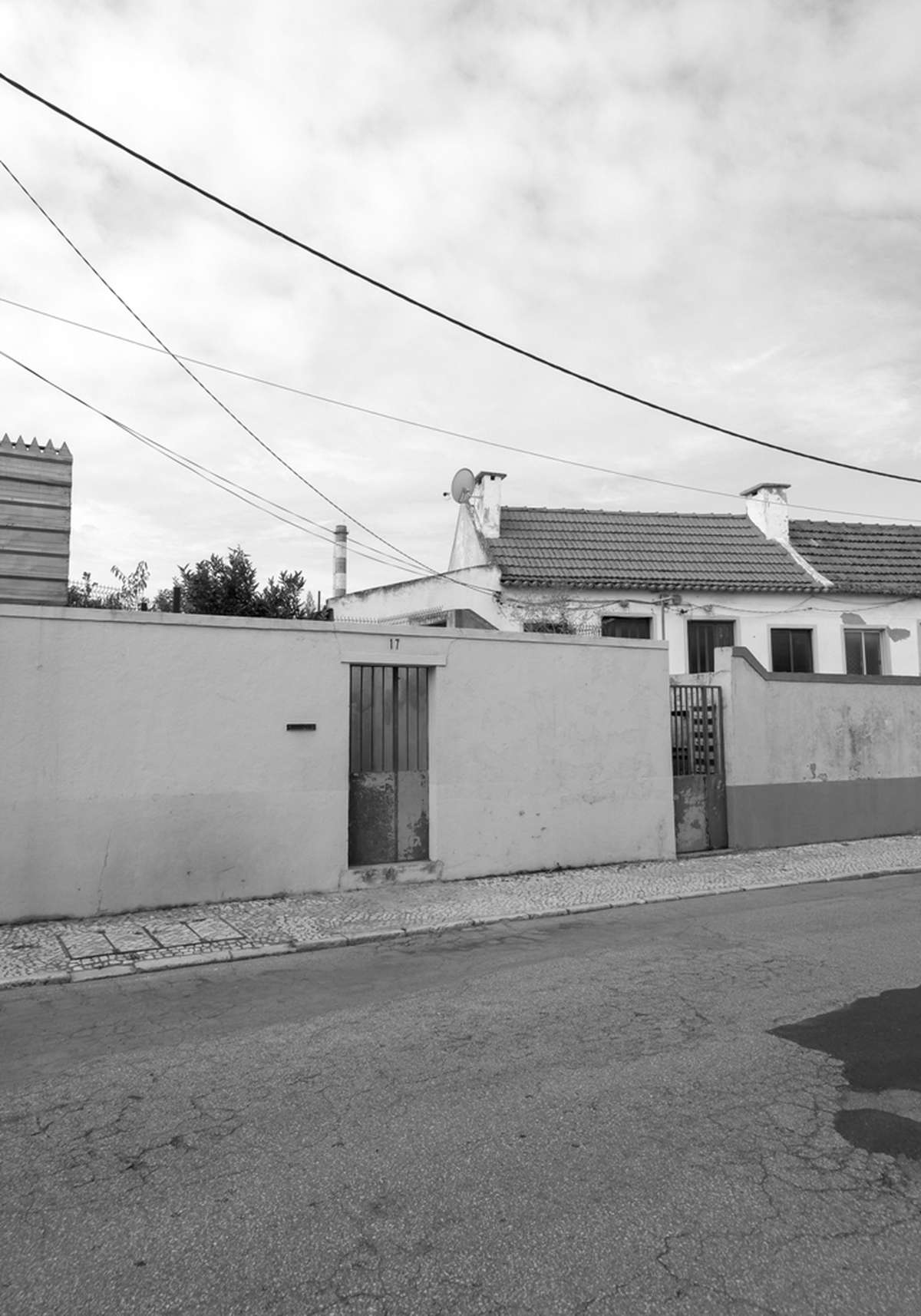
The relationship between the chimney and some of the construction from the 50s, 60s and 70s.
URBAN GEOGRAPHIES
URBAN GEOGRAPHIES

- Site-specific cases
The railroad was a catalyst for the arrival of industry in Barreiro (1861), it caused significant changes in the socio-economic structure of the city, and what was a modest fishing village became a modern working-class city. The installation of Companhia União Fabril (1907) followed the expansion and traced the new urban planning. The motto “What the country does not have, CUF creates”, the new character of the Barreiro riverside landscape was defined, making it the largest manufacturing center in the country. The low and compact buildings were quickly filled by a cropped horizon: tall chimneys, angular roofs and fuctional facades. Nowadays, the remains of the industrialization are skeletons of old facilities, which the contemporary metropolis orbits and tries slowly to absorb. The relationship between the built and the non-built is unbalanced, comparing, unoccupied land has a similar role in the perception of the city. They are expectant territories for future consolidation
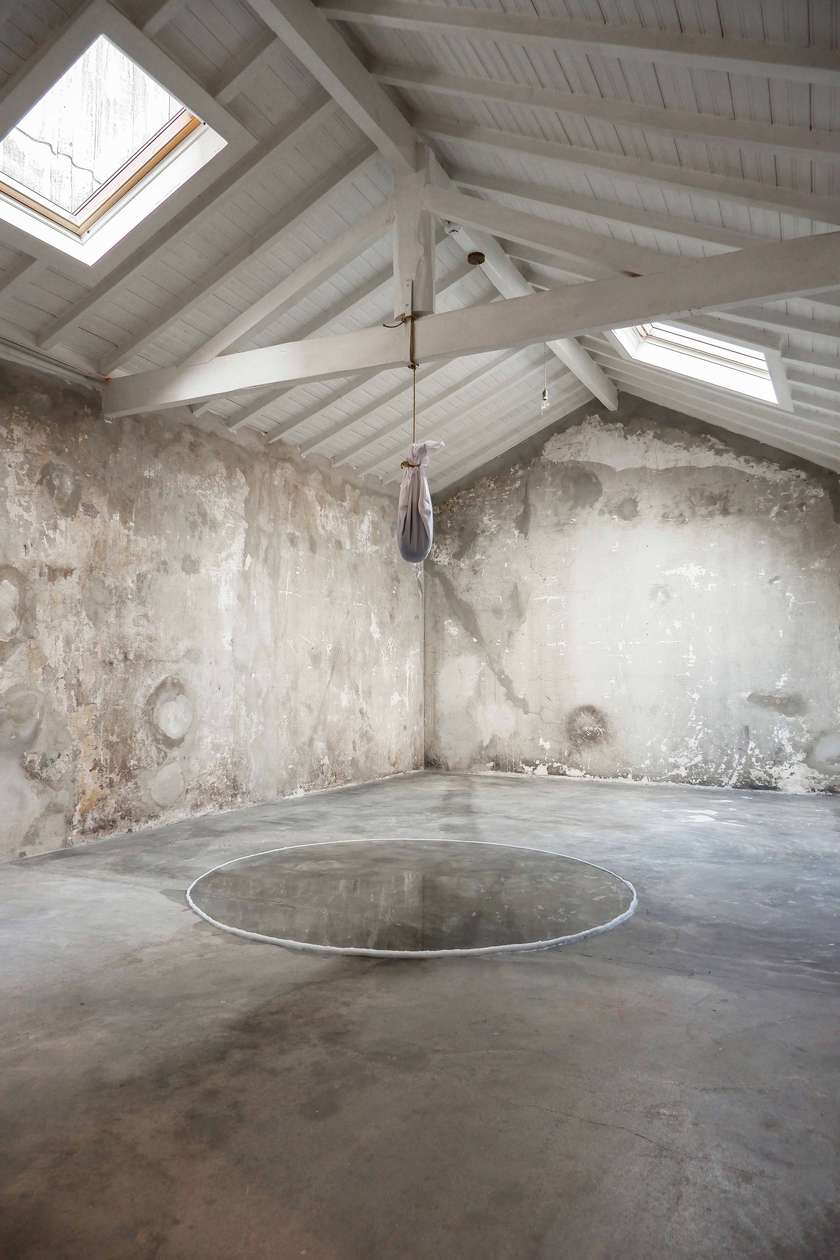
The dialogue with Emma Hornsby happened with “How to find the center of a circle”.
Emma Hornsby drew the line between the inside and the outside, the full and the empty, the movement and the static - INSTITUTO, Porto.

The site specific instalation: a dripping water bag and some sounds recorded at the industrial park - INSTITUTO, Porto.
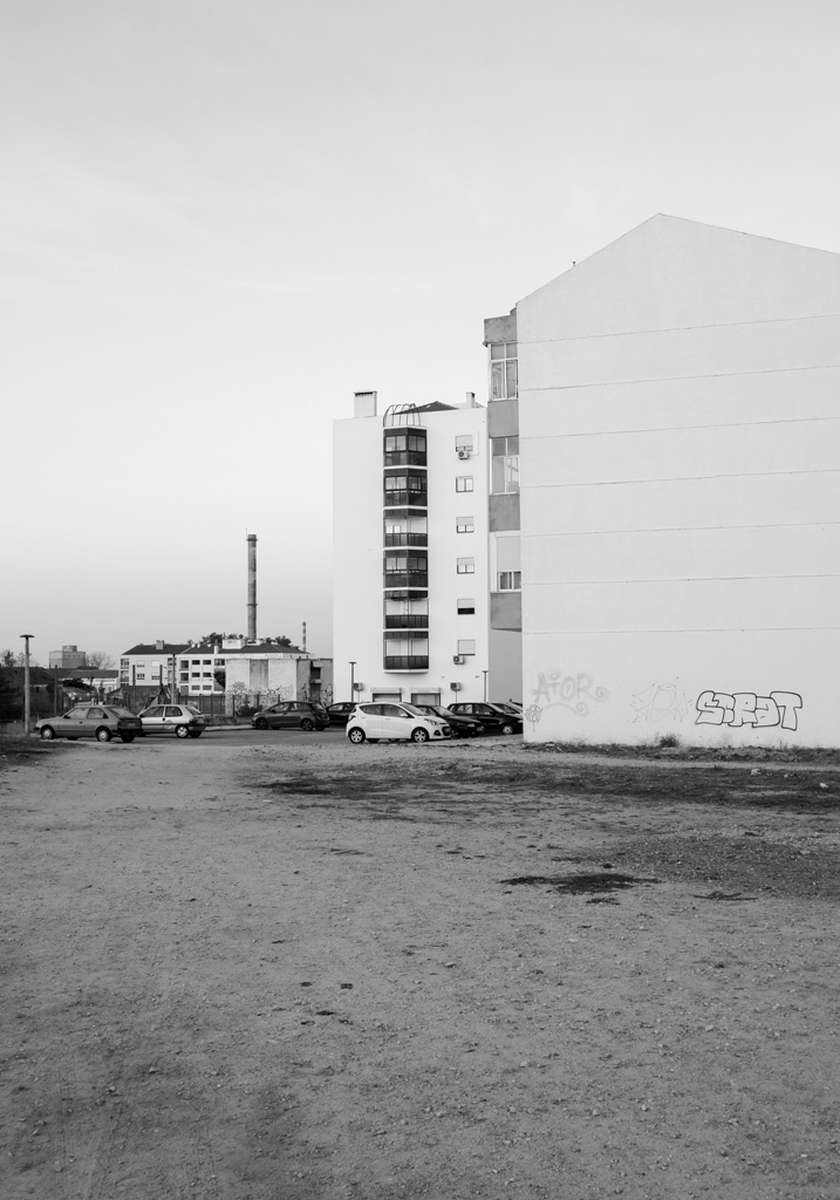
The narrative of 27 photos, taken arround the city of Barreiro (with the exact GPS coordinates of the places note on a city map)
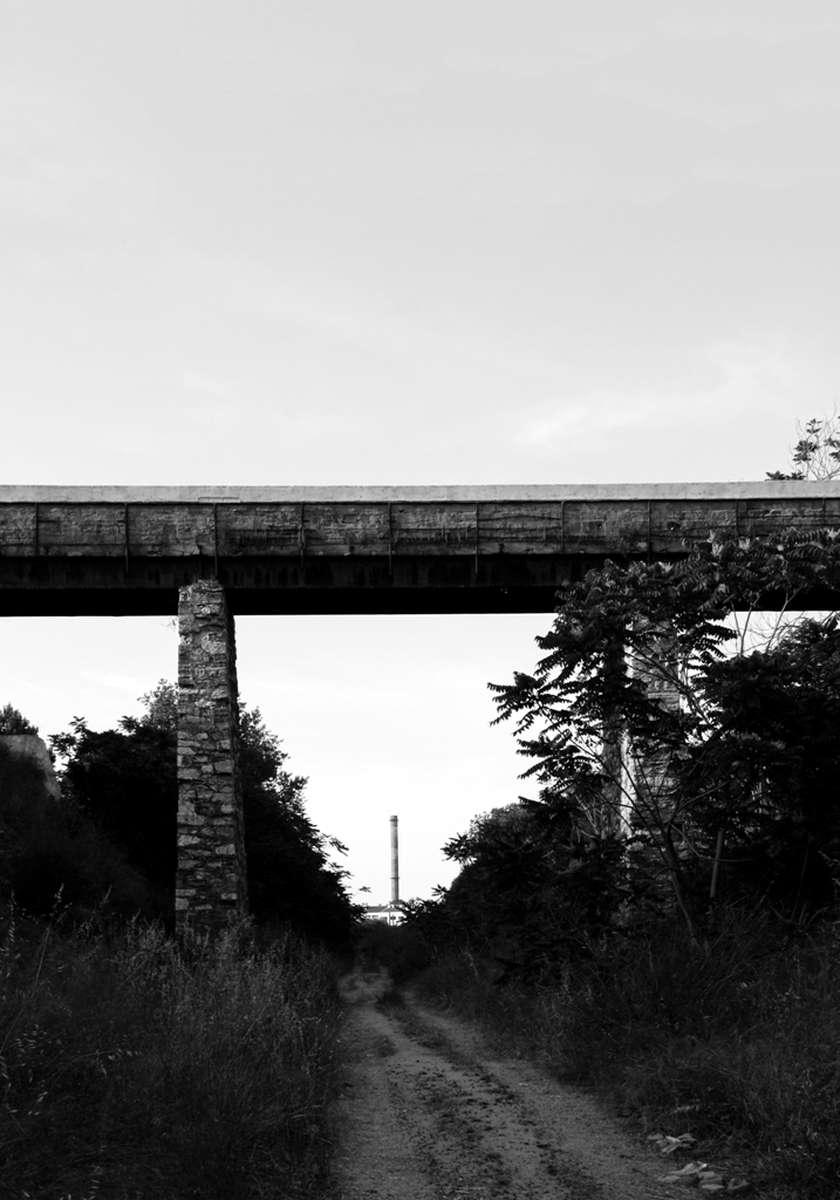
This photographic narrative suggests revisiting the city through a concentric route through the streets, geographically marking the points where the structure can be seen – the intended is mapping the relationship between the existing, the newly built and the chimney.

The relationship between the chimney and some of the construction from the 50s, 60s and 70s.